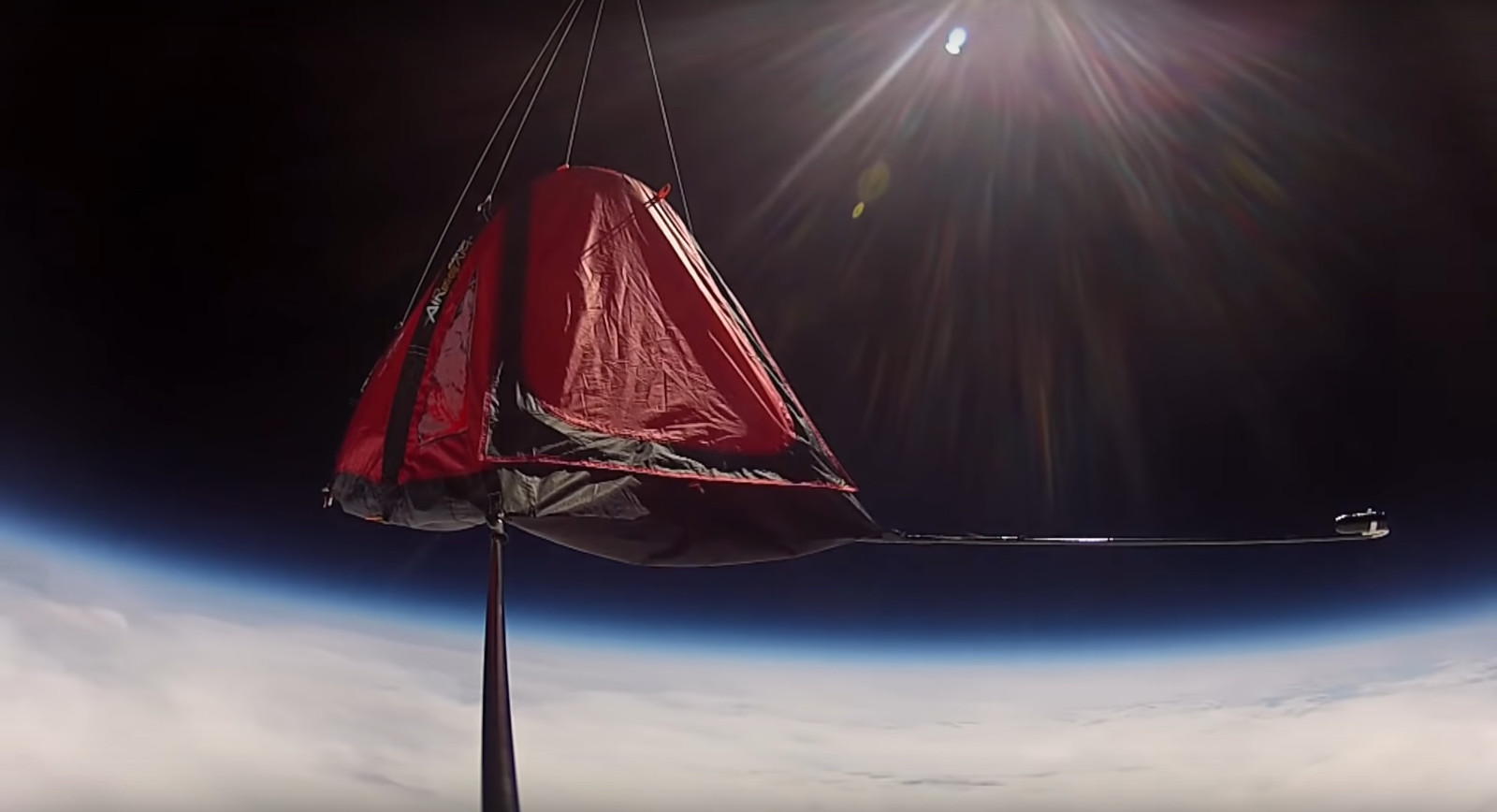Soft Architecture HS2020
Designing (with) microclimates.
Lecturers: Roman Kirschner and Jyoti Kapur
Contents and Objectives
What are the effects of climatic conditions on spatial atmospheres that include smells, sounds and light? How can diverse microclimates exist in an enclosed built space? How can spaces be "activated" at the intersection of materials and climatic conditions (varying temperature, humidity and air flow)? How could tangible materials help harvest air, moisture and energy?
At the beginning of the seminar we go on an excursion close to Zurich. We explore a landscape with a specific microclimate using techniques that help us to determine atmospheric qualities of smell, sound and light. We investigate how spatial qualities get affected (amplified/reduced) in a microclimatic zone compared to the general climatic conditions of the region.
Based on our observations, we explore and derive methods to disrupt the mono-atmospheric and climatic conditions in a built environment. We deal with questions such as how can natural phenomena like condensation, evaporation, stack effect, etc. be used to create diversity in climatic conditions. We experiment with materials that can “activate“ built spaces and extend, shrink or expand qualities such as smell, sound and light in specific environments. We explore interactions at the intersection of materials and climatic conditions. Where are their respective boundaries and how can these boundaries be shifted? How can they be used to harvest moisture, air or energy?
Using materials, methods and climatic thinking to activate space, students create a spatial installation or an active exhibition space and learn from documenting their process.
Schedule
| Monday (14.09) | Tuesday (15.09) | Wednesday (16.09) | Thursday (17.09) | Friday (18.09) |
|---|---|---|---|---|
| knabenschiessen | 9:00 Introduction Seminarraum ZT 4.K16 and Stadionbrache 11:45 Semester welcome with IAD team | Start of overnight excursion 8:12 Train to Walenstadt ( Set up tents in Walenstadt campsite 11:30 Hike to Quinten | Morning Exercise "me -> tent → morning sky " Bus and hike to Paxmal. Exercises Attunement (static/dynamic) | individual indoor tent-climate experiments |
13:30 introduction 15:30 - 16:15 Semester overview with head of BA | Exercises Attunement (static/dynamic) 18:00 Dinner at Quinten Seehus 20:00 Boat back to Walenstadt Night Exercise "night sky -> tent -> me" | ~15:00 Depart to Zurich Wallenstadt. End of overnight excursion | Bits and Atoms III 15:00 - 17:00 |
Week 2 :
Monday (21.09) | Tuesday (22.09) | Wednesday (23.09) | Thursday (24.09) | Friday (25.09) |
|---|---|---|---|---|
| (09:00-11:00 Theory class (Aesthetics of Interaction)) | Idea development/ Presentation preparation | 9:00 - 12:00 Individual Process/Project planning in scheduled Zoom sessions | Project Development Individual Mentoring | Project Development Individual Mentoring |
13:00 Presentation of Ideas Project Group Building/Planning | 14:00 Zoom-Lecture Prof. Sascha Rösler "On Microclimates" (title tbc) | Project Development Individual Mentoring | Project Development Individual Mentoring Bits and Atoms III 15:00 - 17:00 |
Week 3 :
| Monday (28.09) | Tuesday (29.09.) | Wednesday (30.09) | Thursday (01.10) | Friday (02.10) |
|---|---|---|---|---|
9:00 - 12:00 Mentoring Project/ Exhibition Realization in scheduled Zoom sessions Project Finalization | Project Finalization Exhibition Finalization | 15.00 Exhibition Opening Viaduktraum (ZT 2.A05) | Documentation, Taking down Exhibition | |
13:00 Group meeting (Zoom):Exhibition discussion Project Finalization | Bits and Atoms III 15:00 - 17:00 | Documentation, Taking down Exhibition |
Gear List for excursion
Tent
Wet weather clothing
Lunch for two days.
Solid shoes
First aid kit
Sleeping Bag
Personal items
Tools for sketching and documentation!
Locations
Introduction: 15.09.2020
Seminarraum ZT 4.K16
Excursions: 16.09.2020 – 17.09.2020
Walensee, Walenstadt (Seecamping), Quinten, Paxmal
Exhibition Vernissage: 01.10.2020
Viaduktraum ZT 2.A05
Field research tasks:
1) Develop attention for atmosphere, presence, performances (of spaces, people, materials), fields (of actions, of influences), rhythms of the environment (lake, wind, season), different time frames, collaboration with the landscape, interactions between people, materials, and spaces.
2) Observe: a) the interrelationship between your tent's outer surface (material + form)and outside climatic conditions - air flow/temperature/humidity.
b) Observe the relationship to the inner surface of the tent and the interior climatic conditions (closed/open sleeping bag and entry).
c) Observe the interrelationship of the climatic conditions between the sleeping bag and yourself (body)- before going to sleep + after waking up.
Design tasks:
1) Make a series of experiments with how to alter and fine-tune the microclimate of a small mobile space paying attention to temporality and diversity. Demonstrate the relationship between the materials used (tent surface or any other that was chosen) and the climatic conditions (air flow, temperature or humidity). Why is the used material essential and what and how does it add to the developed concept? How does the light, smellscape or soundscape vary in your concept?
2) document your failures and successes
3) realize and put one of these microclimates up for display in the final exhibition.
Subtask:
How to recreate or represent the experiences and spaces from the field trip and further test locations back in Toni?
